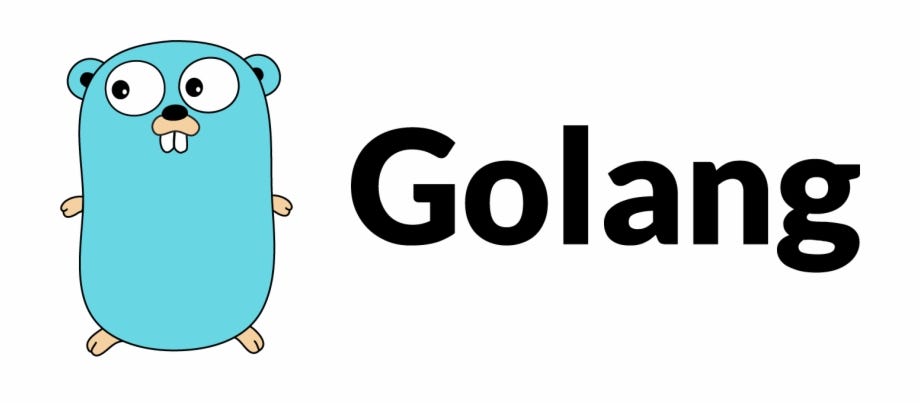Introduction to Go Concurrency
Concurrency is a fundamental aspect of modern software development, enabling programs to execute multiple tasks simultaneously and efficiently utilize available resources. Go, with its built-in support for concurrency primitives, makes it relatively easy to write concurrent programs that can take full advantage of multicore processors.
In this tutorial, we’ll delve into Go concurrency, exploring its core concepts, mechanisms, and best practices through practical code examples.
Table of Contents:
- Goroutines
- Channels
- Buffered Channels
- Select Statement
- WaitGroups
- Mutexes and RWMutexes
- Atomic Operations
Let’s begin!
1. Goroutines
Goroutines are lightweight threads managed by the Go runtime. They allow functions to be executed concurrently, without the overhead traditionally associated with threads. Creating a goroutine is as simple as prefixing a function call with the go keyword.
package main
import (
"fmt"
"time"
)
func sayHello() {
fmt.Println("Hello from Goroutine!")
}
func main() {
go sayHello()
time.Sleep(100 * time.Millisecond) // Waiting to see the output
}In this example, sayHello function is executed concurrently as a goroutine, while the main function continues to execute independently.
2. Channels
Channels are the primary means of communication and synchronization between goroutines in Go. They provide a safe way for goroutines to exchange data without explicit locking.
package main
import (
"fmt"
)
func main() {
ch := make(chan int)
go func() {
ch <- 42 // Sending data to channel
}()
val := <-ch // Receiving data from channel
fmt.Println("Received:", val)
}Here, we create an unbuffered channel ch using the make function. The anonymous goroutine sends the value 42 into the channel, and the main goroutine receives it.
3. Buffered Channels
Buffered channels allow a certain number of elements to be stored in the channel without a corresponding receiver. This can be useful in scenarios where a burst of data needs to be passed between goroutines.
package main
import (
"fmt"
)
func main() {
ch := make(chan int, 2) // Buffered channel with capacity 2
ch <- 1
ch <- 2
fmt.Println("Received:", <-ch)
fmt.Println("Received:", <-ch)
}In this example, the channel ch has a capacity of 2. Two values are sent into the channel before they are received, showcasing the buffering capability.
Conclusion
In this tutorial, we’ve covered the basics of Go concurrency, including goroutines, channels, buffered channels, and more. Understanding these concepts is crucial for writing efficient and scalable concurrent programs in Go.
Continue exploring advanced topics such as the select statement, synchronization primitives like WaitGroup, Mutex, and RWMutex, and atomic operations to further enhance your Go concurrency skills.


